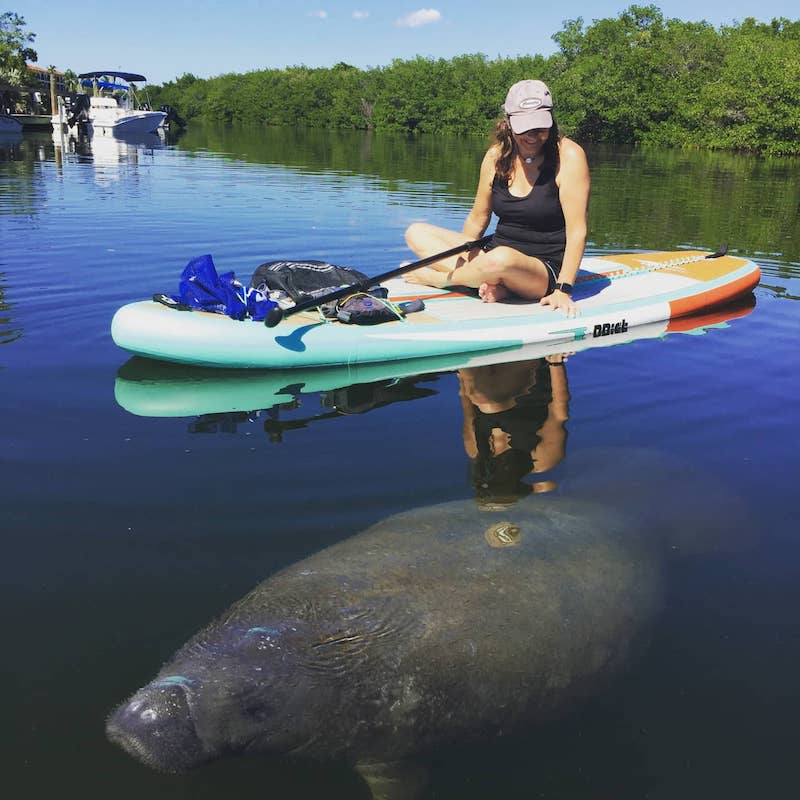One of the most long-lasting and engaging experiences you can have while on the water here in Florida is a manatee encounter. A manatee encounter can last several minutes and can be up close and personal and believe me, just as memorable.
I’ve had three solid encounters and several sightings. One such encounter lasted only a few minutes, one was a strong 30 minutes and my most recent was about 10 to 15 minutes and could have easily lasted longer had we stuck around. Each of these encounters involved the manatees rubbing up against my paddleboard or kayak and or following us as we moved on.
They are very social animals that are very curious and will approach you and your vessel, but be mindful, that you can’t chase them or touch them. Let them explore on their own and be respectful of the laws that protect them so that we can continue to have these magical encounters. We will discuss their protection more in PART TWO.
I can say that an encounter with these gentle beings is one of the most memorable encounters one can experience and one of the great things about Florida…they can be seen in several locations here in SW Florida and can be experienced in different ways, but first, let’s get to know them a little better.
THE MANATEE WITH THE LONG DARK HAIR
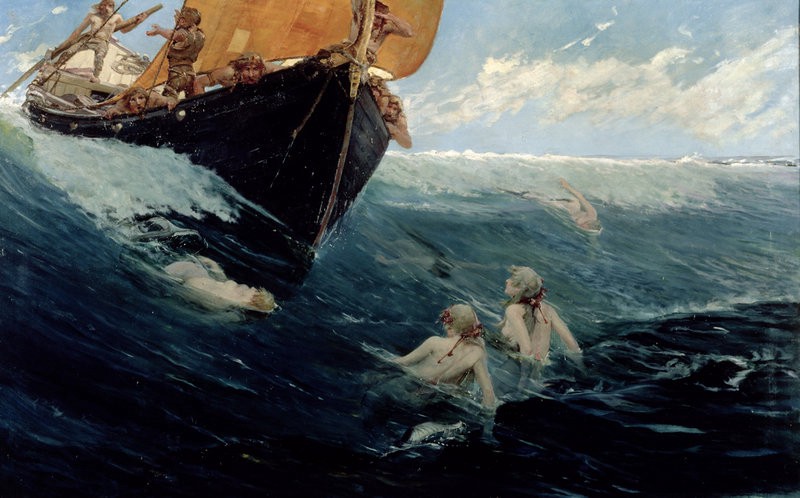
On January 9, 1493, after Columbus sailed the ocean blue, Columbus believed he saw three mermaids off the coast of the Dominican Republic. This is his account written in his log.
“Yesterday, when I was going to the Rio del Oro, I saw three sirens that came up very high out of the sea. They were not as beautiful as they are painted, since in some ways they have a face like a man”.
He goes on to say that he had seen them before off the coast of Manegueta, in Guinea (Africa). It is believed that Columbus was revved up to see mermaids and sea monsters on his voyage already, so you most likely couldn’t convince him otherwise of what he truly saw.
Of course, he wasn’t the first to mistake an animal for a mermaid. There is evidence that animals have been mistaken for mermaids and mermen for nearly 7,000 years, but there is no guarantee that what they saw was in fact a manatee or if they were suffering from some seafaring illness that caused visual distortions or maritime mirages. Or, they were drunk and dreaming of large women. 😉
The question is, what did they truly see? Most believe that what they saw, was a manatee. I’m still out on that one, though I love the idea that they did see something that looked like our mythical mermaid, my analytical mind sees nothing resembling a mermaid at all. Not any more than a dolphin would. In one account it was mentioned that they jumped in the air. Of course, it takes a good amount of imagination to see them as mermaids, but if you have ever seen a manatee…jumping just isn’t their jam. As for the myth of mermaids? We will visit that another time, because, let’s face it, that deserves a blog of its own.
JUST THE FACTS
There are three species of manatee, the West Indian, West African, and the Amazonian, and one other species, their cousin, the Dugong. There was one other species, the Steller’s sea cows, but they went extinct in 1768. They were all classified as the Trichechus manatus species in 1758 and the order of Sirenia was given in 1811, holding true to the legends of mermaids.
The West African manatee obviously lives on the west coast of Africa, the Amazonian manatee’s habitat is the Amazon river, and the Dugongs live in the Indian Ocean, but the Steller’s sea cow, now that is a manatee I would have loved to have seen.
The manatees you see today, are small ‘potatoes’ compared to the Steller who could weigh up to 8,800 lbs as an adult and was 26 to 30 feet in length. Unlike the West Indian, West African, and Amazonian manatees who belong to the Trichechidae family, Stellers belonged to the Dugongidae family, just like the Dugongs. The Steller’s sea cow’s habitat was around the Commander Islands in the Bering Sea where it is very cold, so having an extra layer of fat was beneficial for them and another detail that separated them from our more well-known manatees.
Here in Florida, we have the West Indian manatee, also more affectionately called the “sea cow”. Personally, I see them as “sea spuds”. The West Indian manatees are broken down into two subspecies, the Florida manatee and the Antillean or Caribbean manatee. These subspecies are based on their genetics and morphology.
Manatees are aquatic mammals that have been around for around 45 to 60 million years. They reach sexual maturity on average at about 5 years of age and have the potential to live 50 to 60 years. Thankfully, they have no natural predators but that doesn’t mean they are necessarily safe. More on that in part two.
Manatees swim at speeds of about 5 to 15 mph and travel in water that is about 10 to 16 feet deep. These shallow waters provide sheltered living and safer breeding grounds with warmer water and hopefully a good supply of food. They swim alone or in pairs but only get together as a group when they are either looking to mate or share a warm location with a large food supply. When they get together, this group is called an aggregation.
THEIR ANATOMY
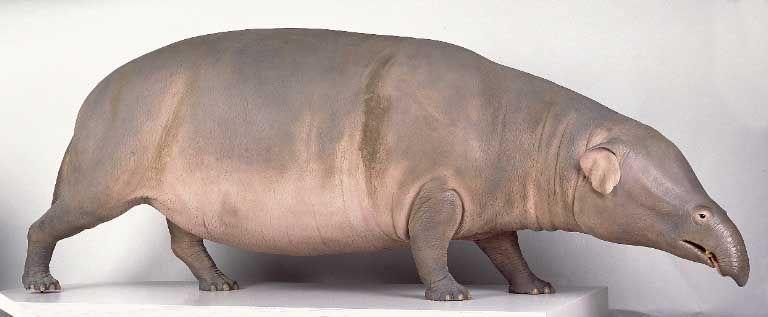
Though manatees are affectionately called “sea cows”, they are not related to the cow we find on land. They do however have a common ancestor with the Elephant, the Moeritherium, who lived about 37 million years ago. Amazingly enough, you can see the common traits between the two.
Manatees are big and lovable for sure, they weigh on average 1,100 to 1,300 pounds when fully grown and reach up to 10 feet in length.
THE HEAD
Their nostrils are located on the top of their snout and close tightly when they submerge. The rest of their snout is made up of prehensile lips that are much like their distant cousins, the elephants, trunks. Like elephants, this enables them to grasp and pull their food into their mouths. I’ve seen videos of them grabbing hoses from boats and pulling them to their mouths so they can drink fresh water. So, like the elephant, they are like little extra hands they use to put food in their mouths.
Also, like their cousins, Manatees don’t have biting teeth, but they do have grinding teeth. They are all molars. The interesting part about manatees and elephant molars is how they grow. New molars grow in the back of the mouth and push forward a centimeter a month, making their way to the front as they wear down and eventually fall out and are replaced. This is what is known as ‘marching molars’.
Again, like elephants, they have very small eyes, except they are adapted for water, so they have nictitating membranes that cover them when they are underwater. This is for protection and allows them to still see underwater. Their eyesight is rather poor though, nearsighted really. Do you know who else has poor eyesight? You guessed it, elephants. Additionally, they don’t have regular eyelids or lashes, their eyes close much like the aperture on a camera does.
Manatees do have cones and rods in their eyes as we do, they can detect low and bright light and can discern between blue and green pigments, though some may add reds and grays to that list. Elephants can only see blue and yellow, so they are similar to humans who are colorblind. Manatee eyesight is still an area of study.
Their ears are located in nearly a straight line behind their eyes, approximately one or two hand widths away, and are tiny holes. Though they are small on the outside, they are rather large on the inside. This enables them to hear far away. This allows them to stay away from potential threats or communicate with their young or hear potential mates. They can hear 10x better than humans. They can detect high frequencies between 16,000 and 18000 Hz, yet they aren’t so good at detecting low frequencies. Understanding their hearing is still an area of interest and study.
Additionally, manatees’ sense of taste and smell help them to determine if something is toxic or level of quality. It can also help them determine the health of another or if a female is ready to mate. Another interesting fact, they can’t move their heads from side to side.
THE BODY
Their body is shaped much like a potato, which is why I call them ‘sea spuds’, narrower at the ends and big in the middle. They are gray in coloring with short front flippers used for steering, holding vegetation, and hugging themselves and your kayak or paddleboard. These flippers have three to four nails on each and look very similar to an elephant’s foot but the bone structure looks more like a human’s hand. Their tail is shaped similar to a paddle and is used for swimming and provides a lot of power.
Now the skin is where it gets interesting. Again (like a record), their skin is similar to an elephant’s. It is gray with fine wrinkles and has a leathery look to it and flakes off. Along with their whiskers, they also have fine hair that grows all over the body called vibrissae which is Latin for ‘nostril hair’ and acts as a tactile system that helps the manatee to understand their surroundings through vibration or nerve impulses. This also helps them move through dimly lit areas and with poor eyesight, this comes in handy.
We will talk more about their internal functions in PART TWO, next week.
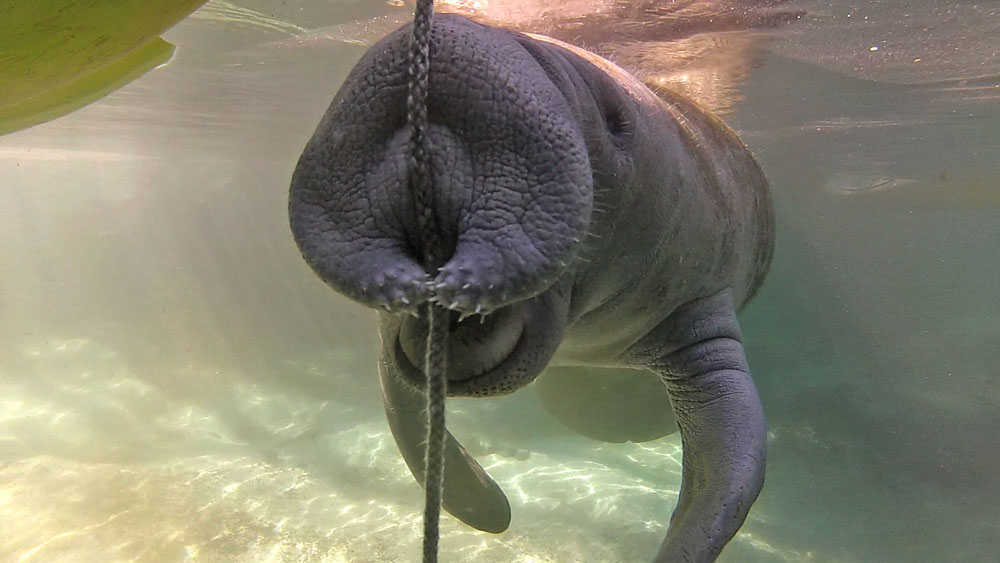
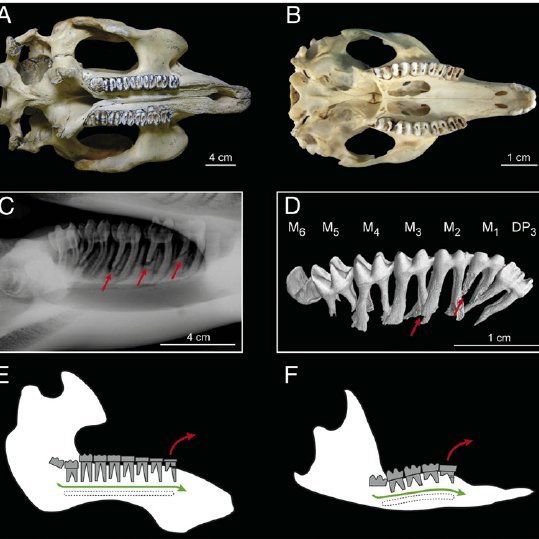
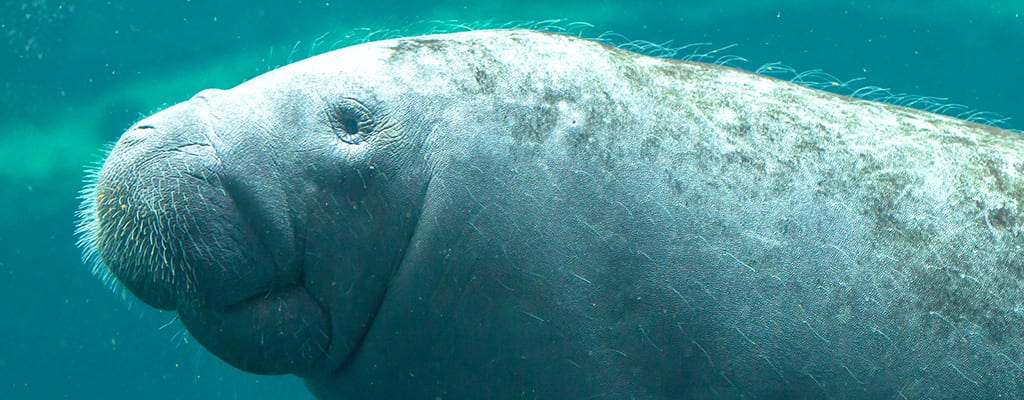
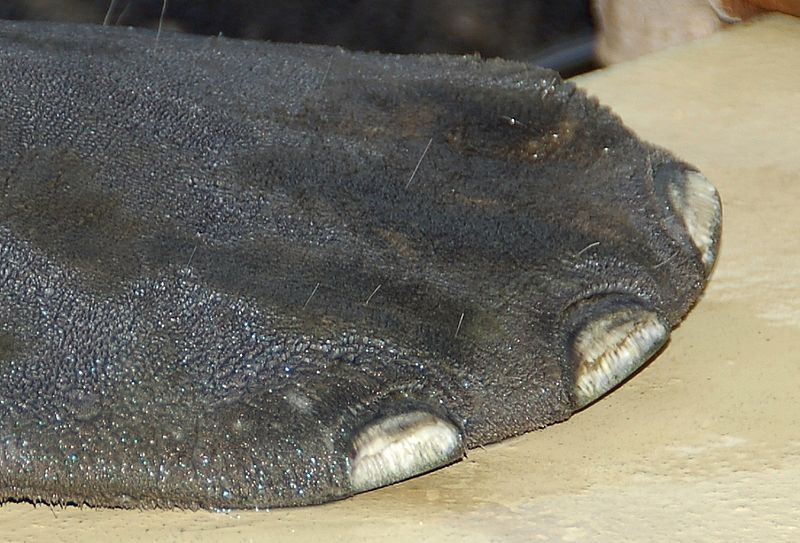
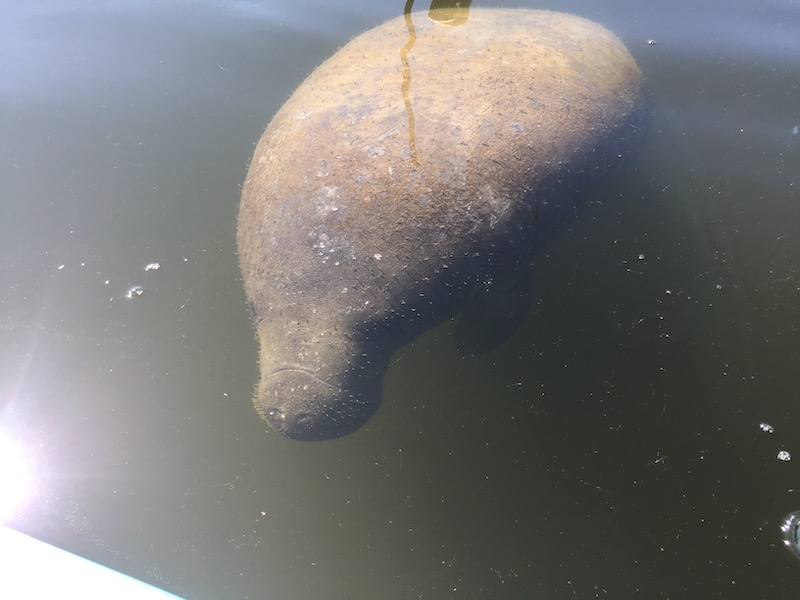
HOLD TIGHT, THERE IS MORE TO COME
The more I learn of these little sea spuds, the more I love them. They truly are just amazing in their own right and I can’t stop wanting to learn more about them, so I have decided to break this down into two parts. Come back next week for part two where I will discuss the internal functions of the manatee, their habitat, diet, and mating season. More importantly, I will discuss why they are endangered and what you can do to help ensure their continued existence.
As always, if you find information that is incorrect or outdated, or if you want to know more about something here, please send me an email. My goal is always to learn and pass it on. <3
Stay Salty and Stay Connected
Kelley
365 total views, 2 views today
